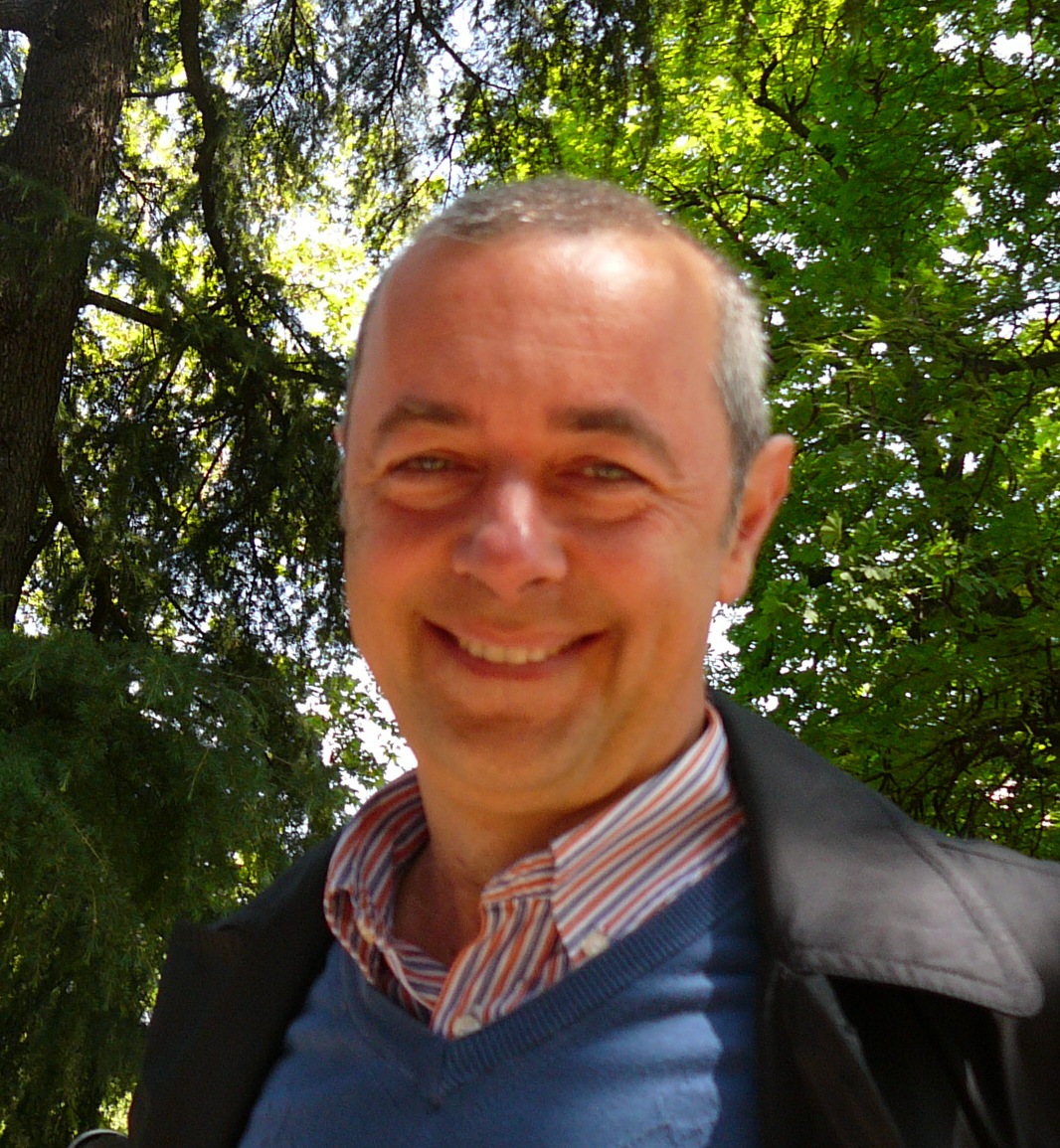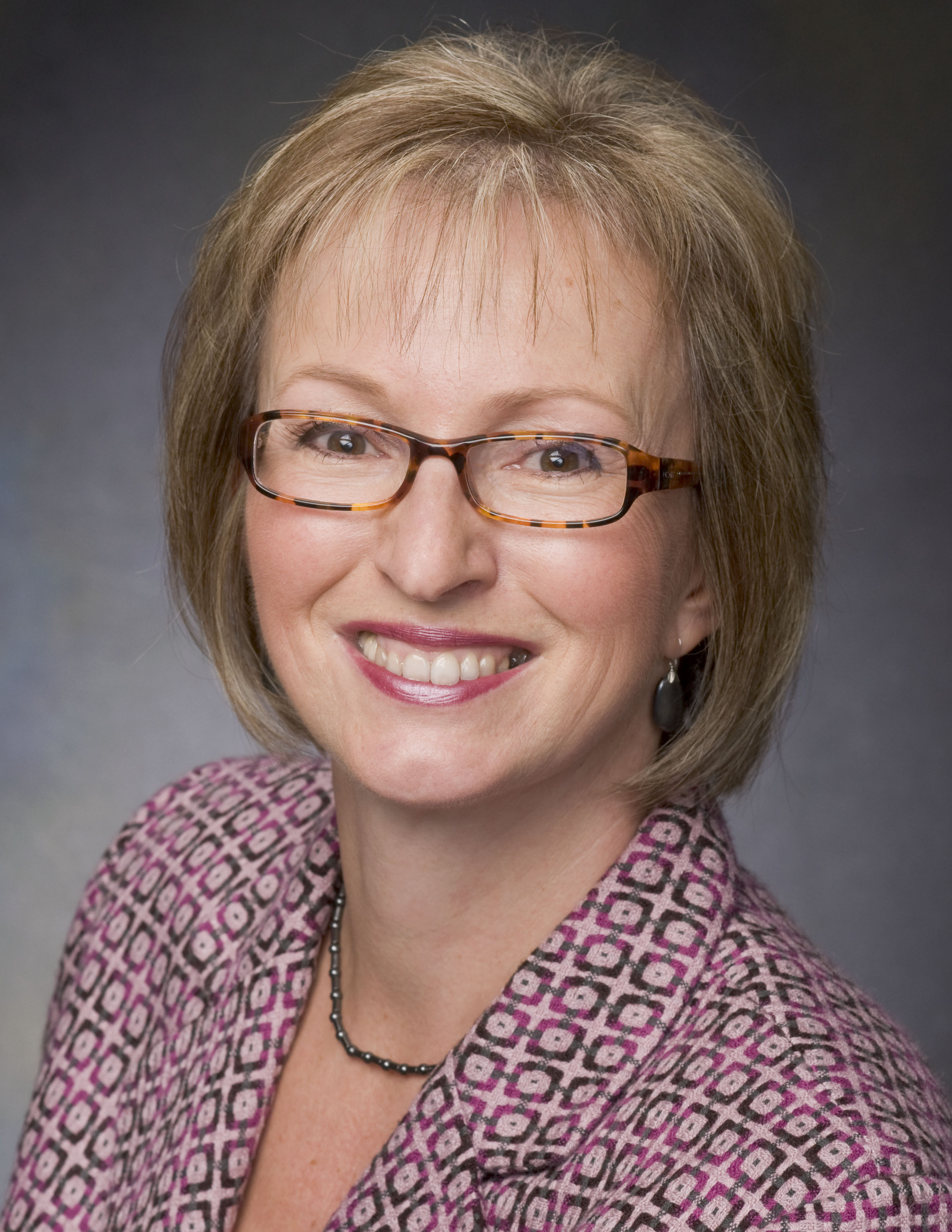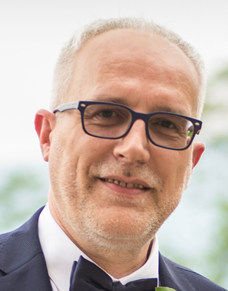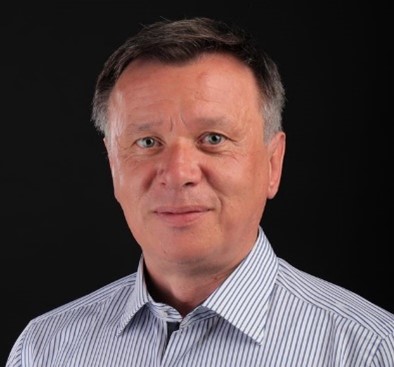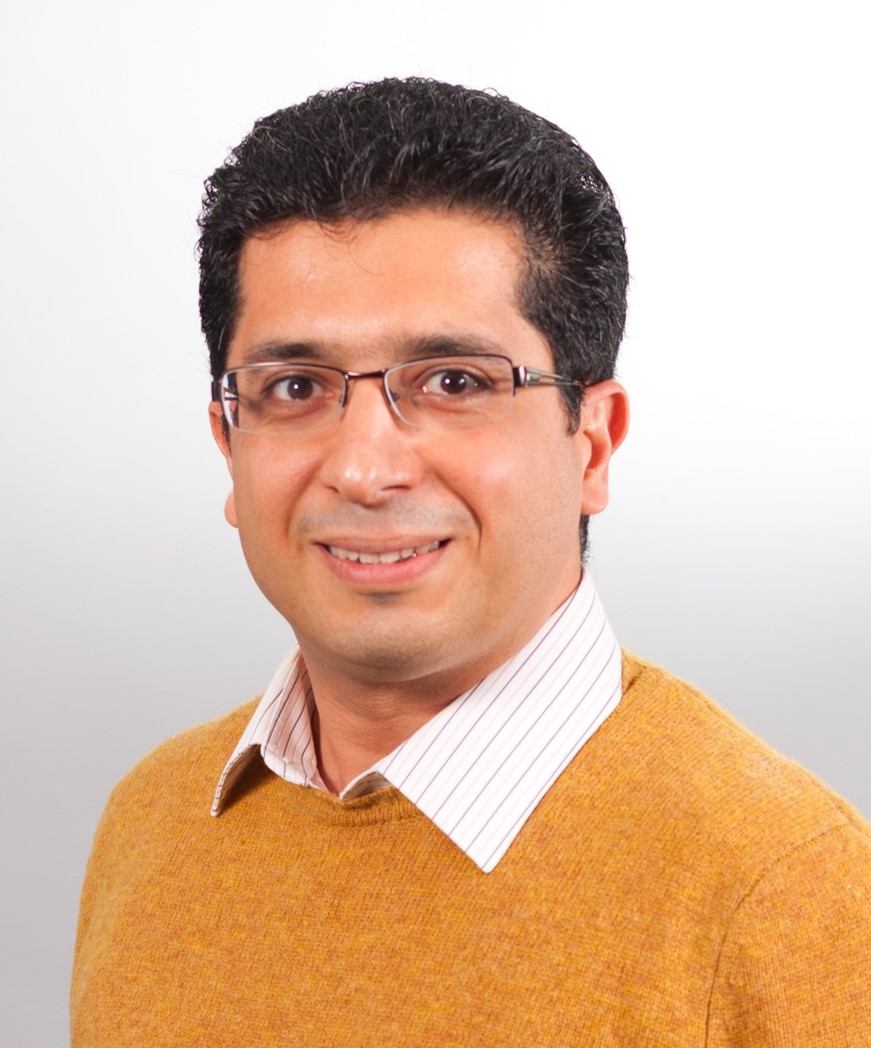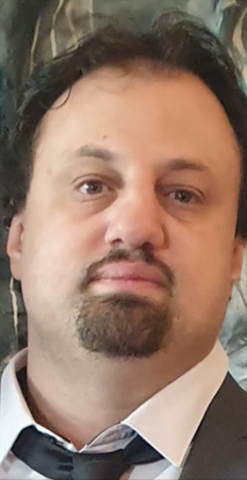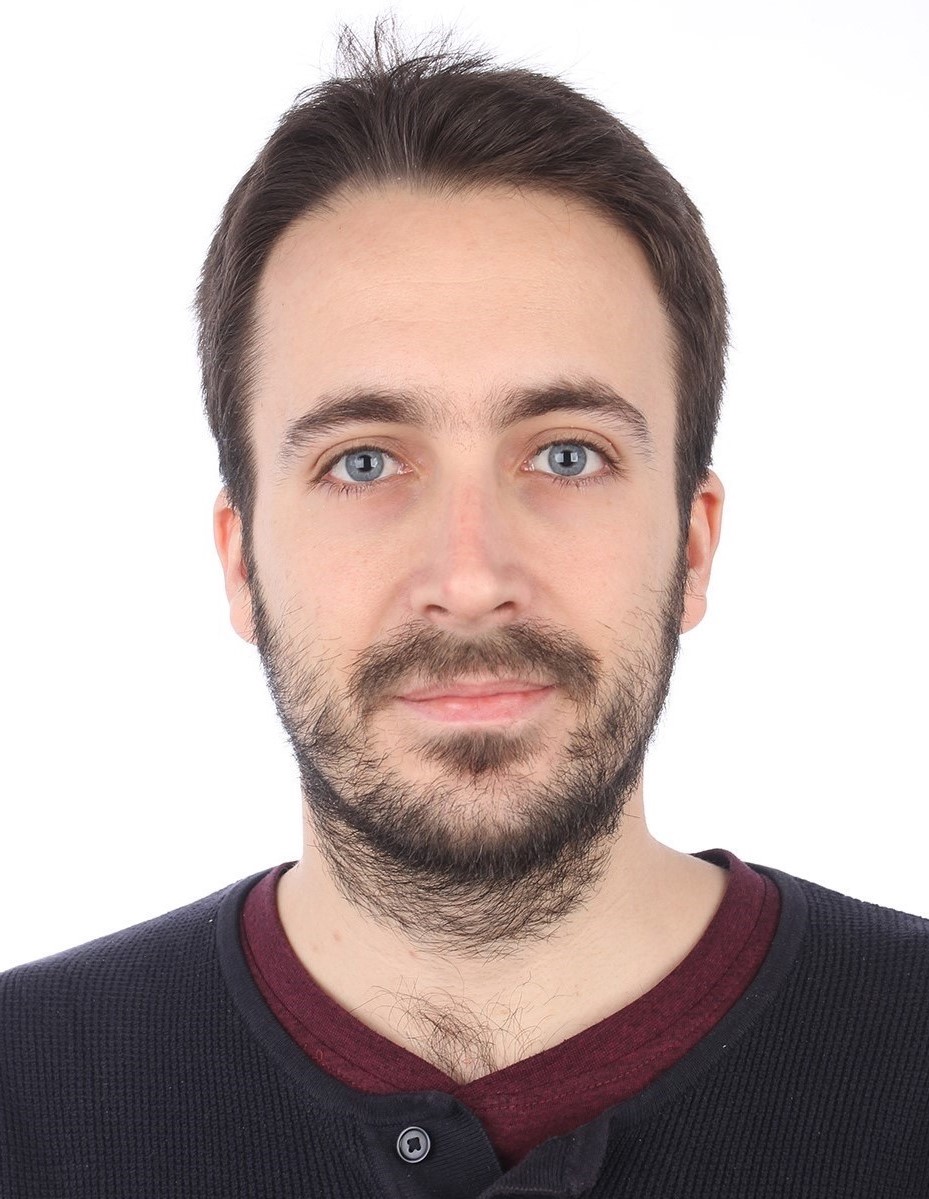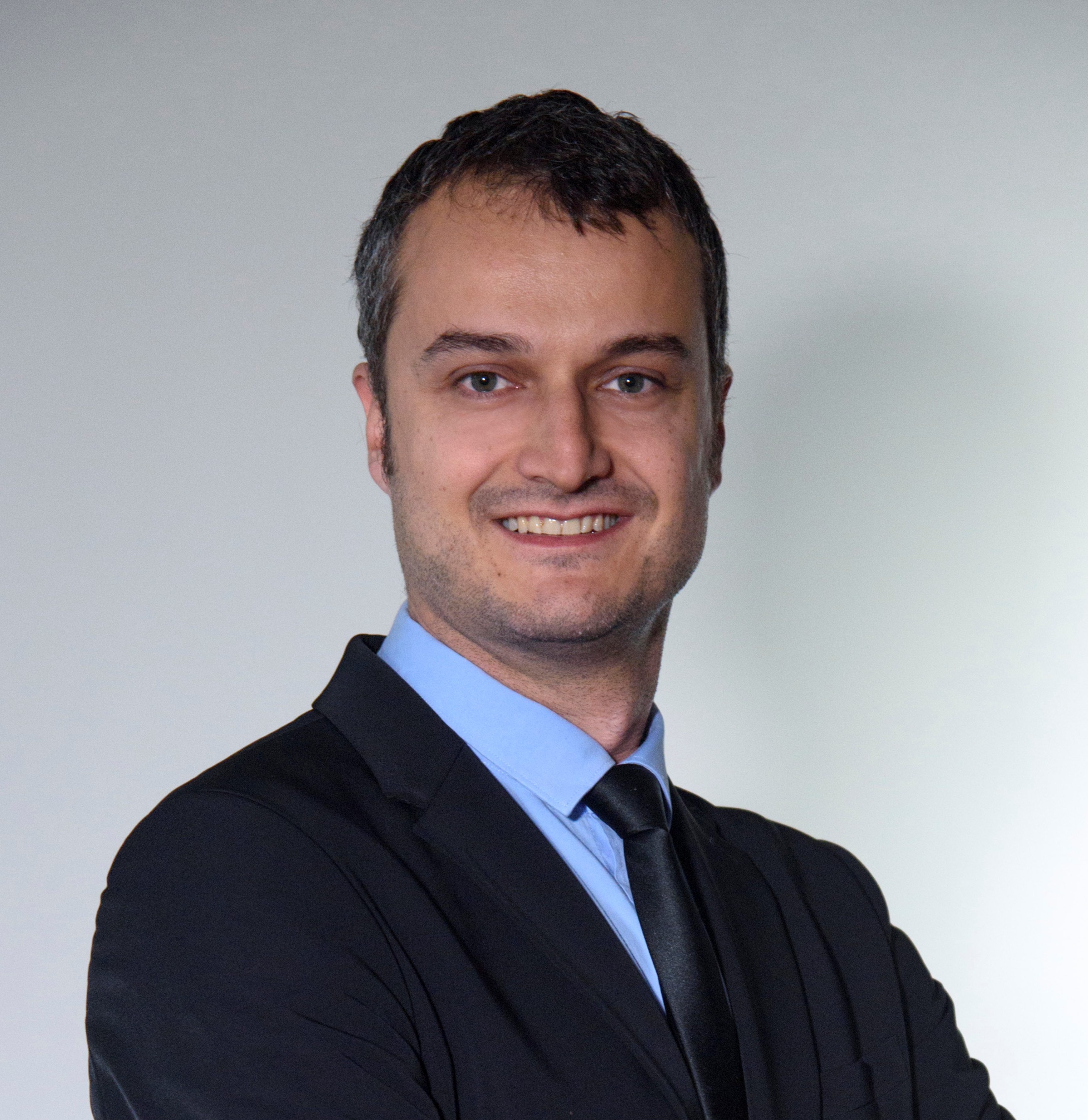The invited lecturers are presented in alphabetical order.
|
|
Professor Dario Albarello |
| Department of Physics, Earth and Environmental Sciences, University of Siena, Italy | |
“Seismic characterization of the shallow subsoil by ambient vibration measurements: a tool for seismic microzonation studies” |
|
|
Physicist, he is Full Professor of Solid Earth Geophysics at the University of Siena where he teaches ‘Applied Geophysics’ and ‘Seismic Hazard’. He is Research Associate of the National Research Council (CNR). He is presently member of the advisory board of the Prime Minister of the Italian Government for Seismic Risk (Great Risks Commission) and of the International Atomic Energy Agency of United Nations (IAEA) for seismic microzoning and testing seismic hazard estimates at Nuclear Power Plants. Hi is presently the PI of the National Research Project for mapping site effects at national scale. During his scientific career, he was involved in quantitative modelling of geodynamic processes with numerical and analytic methods, assessment of stress and strain fields at regional scale from geodetic and seismic data, of seismicity induced by large dams, deformation processes in geothermal areas, mud volcanoes dynamics and probabilistic seismic hazard assessment at regional scale. He has been also engaged in the study of pre- and co-seismic phenomena relative from RADON and deep piezometric data, and of statistical studies relative to short and medium term earthquake prediction. In the last years he has been mainly involved in the development and application of passive seismic methods for subsoil exploration and has been also responsible for field surveys in the field of archaeological and geotechnical exploration of the shallow subsoil. As a member of a number of Scientific Committees and International and National research groups, he developed and applied innovative techniques for seismic hazard assessment at national and local (seismic microzoning) scales. In particular, on behalf of the Dept. of Civil Protection of the Italian Government he was a member of the working group for the definition of the National Guidelines for Seismic Microzoning. From 2013 until 2015 he directed the National Research Project (DPC-INGV) devoted to short term earthquake prediction. From 2017 to 2022 he has been the President of the Centre of Seismic Microzoning. He also coordinated a number of seismic microzoning studies in Central and Northern Italy. He is the author of more than 260 extended papers (SCOPUS H-index=32). |
|
|
|
Professor Svetlana Brzev |
| Department of Civil Engineering at the University of British Columbia, Canada | |
“Classification of residential building stock in Serbia” |
|
|
Prof. Dr Svetlana Brzev is Adjunct Professor in the Department of Civil Engineering at the University of British Columbia, Canada and is a member of the Smart Structures group https://smartstructures.civil.ubc.ca/research/. She has more than 35 years of consulting and academic experience from Canada, Serbia, and India related to structural and seismic design and rehabilitation of reinforced concrete and masonry structures. Her research focus has been on seismic behaviour, design and construction issues related to reinforced and confined masonry structures. As a practicing engineer in Canada, she has worked on applications of advanced technologies such as seismic isolation and dampers for seismic retrofitting of existing structures in Canada, India, and Chile. She received bachelor’s and master’s degrees in civil/structural engineering from the University of Belgrade and Ph.D. degree in earthquake engineering from the Department of Earthquake Engineering, University of Roorkee (currently IIT Roorkee), India. She serves on the Technical Committee responsible for developing design standard for masonry buildings in Canada (CSA S304) and is a member of the Eurocode 8 Technical Committee 250/SC8/WG1 for the development of design provisions for seismic design and retrofitting of masonry buildings. She was a part of the team that developed the Global Earthquake Model (GEM). She served as a Director and Vice-President of the EERI, a Director of the Masonry Society (TMS), and is currently a Director of the International Association of Earthquake Engineering (IAEE). She has served as the founding President of the Serbian Association for Earthquake Engineering (SUZI-SAEE) since 2018. Dr Brzev has published more than 200 papers and reports, and has co-authored three textbooks related to structural and seismic design of masonry and reinforced concrete structures in Canada. In 2015, she was named a Fellow of the Engineers Canada for her contribution to the engineering profession in Canada. |
|
|
|
Professor Stefano Grimaz |
| University of Udine, Italy | |
“Advancements in implementing short-term countermeasures after the recent earthquakes in Italy” |
|
|
Prof. Stefano Grimaz is the Chairholder of the UNESCO Chair on Intersectoral Safety for Disaster Risk Reduction and Resilience at the University of Udine (Italy). He is director of the Safety and Protection Intersectoral Laboratory (SPRINT-Lab) at the Polytechnic Department of Engineering and Architecture of University of Udine where he is professor of Engineering Seismology and of Safety and Civil Protection at the Master Degree Courses of Engineering. He is scientific director of the SERM Academy: the Safety and Emergency Response Management International training school based in Friuli Venezia Giulia (Italy) aimed at developing and experimenting techniques of safety assessment and emergency response and at improving the interoperability in transborder areas. He carries out research on risk assessment, safety and emergency management with a holistic and intersectoral approach for developing multi-hazard safety assessment and decision-making support tools for the different phases of the disaster management cycle. He is scientific consultant of national and international institutions and organizations working in the fields of safety, emergency management and resilience. For the Italian National Fire Services he conceived and developed the technical triage method and the standardized short-term countermeasures for the rapid safety assessment of buildings damaged by earthquakes and for prioritizing and implementing the urgent technical interventions in emergency. For his activities, he was awarded with the Order of Merit of the Italian Republic (4th Class Officer). He is author of more than 150 papers in the field of safety and risk management. |
|
|
|
Professor Ivica Guljaš |
| University of J.J. Strossmayer in Osijek , Croatia | |
“Experimental test of unreinforced masonry walls under various boundary conditions” |
|
|
Ivica Guljas is a full professor at the Department of Technical Mechanics, Faculty of Civil Engineering and Architecture Osijek, University Josip Juraj Strossmayer in Osijek, Croatia. He is a structural engineer, whose research is concerned with inelastic and performance based procedures in earthquake resistant design, as well as with structural codes and computerized design methods for RC and masonry structures. His technical skills and competencies involve testing of materials and structures, structural analysis and software applications in the field of structural static, dynamic and earthquake engineering. His teaching activities involve Structural Dynamics, Structural Stability and Testing of Structures at the Faculty of Civil Engineering and Architecture Osijek where he was a vice-dean for science and then for professional affairs and development for several years. He also teaches the course Seismic Design at the University of Pecs, Hungary. As an active participant of several research projects, he has written more than 50 scientific, professional and educational papers published in journals and proceedings of expert conventions dealing mainly with theoretical and practical aspects of static and dynamic analysis of structures. He was the principal investigator of the European project titled „Development of investigation and analysis techniques for the assessment and lifetime expectancy of historical structures”, as well as of the project „Frame-masonry composites for modelling and standardization (FRAMA)" endorsed by the Croatian Science Foundation. Also, he participated as a team member in several joint research projects between Republic of Croatia and Republic of Slovenia and Republic of Northern Macedonia, all in the field of earthquake engineering. He is the president of the Croatian Association for Earthquake Engineering, a member of the Croatian Society of Mechanics, Croatian Association of Civil Engineers, European Committee for Standardization CEN/TC 250/SC 8/TG 3, Infilled frames and claddings and Technical Committees TC108 and TO548 at CSI. |
|
|
|
Professor Iman Hajirasouliha |
| Department of Civil and Structural Engineering, The University of Sheffield, UK | |
“Performance-Based Optimisation of Energy Dissipation Devices for Seismic Applications” |
|
|
Prof. Iman Hajirasouliha is Full Professor of Structural Engineering and Leader of Earthquake Engineering Group (EEG) at the University of Sheffield, UK. He has over 20 years of research and consultancy experience in the fields of earthquake engineering, performance-based optimisation, lightweight steel structures, vulnerability assessment, and novel strengthening techniques, leading to over 160 refereed journal papers and 100 conference publications in these areas. He has been Principal or Co-investigator of over €10M EU and UK funded projects. Professor Hajirasouliha is a member of several national and international technical committees and research networks, including the International Federation for Structural Concrete (fib) Task Groups 6.6 and 7.6, and the International Association for Bridge and Structural Engineering (IABSE) Task Group 1.1. He is currently Associate Editor of Practice Periodical on Structural Design and Construction (ASCE) and Frontiers in Built Environment (Earthquake Engineering Section) and also serves on the editorial board of several international journals in the field of structural engineering. Professor Hajirasouliha has been recognised as one of the world's top 2% scientists in his discipline since 2020 according to the database published by Stanford University and Elsevier. |
|
|
|
Dr. Pierino Lestuzzi |
| École Polytechnique Fédérale de Lausanne, Switzerland | |
“Risk-based seismic assessment of existing buildings. Approach applied in Switzerland” |
|
|
Dr Pierino Lestuzzi did his master in Civil Engineering from the Ecole Polytechnique Fédérale de Lausanne (EPFL) and its PhD from ETH-Zurich, Switzerland. He was lecturer and senior researcher at EPFL. He was also president of the norm commission SIA 261 (Swiss standard for actions) and committee member of the Swiss Society of Earthquake Engineering and Structural Dynamics (SGEB). His primary research interests include Earthquake Engineering, Seismic Risk Assessment and Structural Dynamics. Pierino Lestuzzi has published more than hundred journal and conference papers and 6 textbooks related to statics, structural dynamics and earthquake engineering. He is now active in the engineering practice by the specialized engineering company Exigo Expertises SA in Switzerland. |
|
|
|
Massimo Migliorini |
| Fondazione LINKS, Italy | |
“Extended Reality Technologies and Metaverse to enhance emergency preparedness” |
|
|
Prof. Massimo Migliorini is the Program Manager Responsible for the Extended Reality Laboratory at LINKS Foundation. He has worked at LINKS Foundation (former SiTI - Higher Institute on Territorial Systems for Innovation) since 2005, focusing his activities on exploring the potential of digital technologies to support risk assessment and mitigation of sensitive assets, including cultural heritage. He participated and coordinated a relevant number of EU projects. As an example, in 2018 he coordinated the European Project RESCULT (https://rescult-project.eu/ ), funded by DG ECHO and participated by UNDRR (United Nation office for Disaster Risk Reduction), devoted to enhance the capability of Civil Protection to prevent and mitigate impacts of disasters on sites of Cultural Heritage through the realization of an integrated European Interoperable Database (EID); in 2016 he coordinated the WATERCRIMES project (www.watercrimes-project.eu), funded by DG HOME, aimed at qualifying the risk of crimes against water resources; in 2015, he coordinated LINKS activities within PRODIGE Project (http://www.pro-prodige.eu/), funded by INTERREG Program, aimed at creating VR simulation to support First Responders Training to deal with emergency situations. From 2018 he is member of the European Scientific and Technology Advisory Group, set up by the European Commission (DG-JRC) and the United Nations (UNDRR - United Nation office for Disaster Risk Reduction) to promote the application of Sendai Framework for Disaster Risk Reduction principles. From 2015 he has been appointed in LINKS as responsible of the Extended Reality Lab, an infrastructure exploring and valorising emerging digital technologies potential (in particular Virtual Reality, Augmented Reality, Mixed Reality and Metaverse) in different cross-fields including disaster prevention, cultural heritage, communication, education, healthcare. |
|
|
|
Professor Javier Ortega |
| Instituto de Tecnologías Físicas y de la Información (ITEFI) “Leonardo Torres Quevedo” of the Consejo Superior de Investigaciones Científicas (CSIC), Madrid, Spain | |
“Automation of non-destructive evaluation systems for the structural diagnosis of the built heritage” |
|
|
Prof. Javier Ortega is an architect with a PhD in Civil Engineering and a Marie Skłodowska-Curie Individual Fellow at the Instituto de Tecnologías Físicas y de la Información (ITEFI) “Leonardo Torres Quevedo” of the Consejo Superior de Investigaciones Científicas (CSIC), in Madrid, Spain. He was awarded the MSCA-IF to develop novel non-destructive inspection tools for the mechanical characterization of historical masonry, through the 3D internal reconstruction of masonry assemblies based on acoustic wave propagation techniques. His research has focused on the structural diagnosis of the built heritage, detailed and large-scale seismic vulnerability assessment, and, more recently, on the development of new technologies (equipment and methods) for the non-destructive evaluation and tomographic imaging the interior of historical construction elements. Such systems are expected to provide accurate information about the interior of existing heritage structural elements (e.g., inner morphology or damage). He has participated in nine research projects in the field of conservation of heritage structures, leading three of them, the Heritage Within European research project, the INHAVIT Portuguese research project and the EU-funded project DocumeNDT. He is co-founder and associate of FENEC, a consulting engineering association providing non-destructive testing and specialized structural analysis services for the built heritage. He has over nine years of professional and academic experience in the field of conservation of historical and vernacular structures, with work on many monuments throughout the world including several UNESCO World Heritage sites. |
|
|
|
Ante Pilipović & Karlo Jandrić |
| University of Zagreb, Faculty of Civil Engineering, Croatia | |
“On-site observations of performance of buildings after the 2023 Turkey-Syria earthquake during MUSAR operations” |
|
|
Ante Pilipović is a PhD candidate at the Faculty of Civil Engineering, University of Zagreb. His scientific work is focused on seismic hazard and risk assessment and includes seismic fragility and vulnerability modelling of typical buildings in urban areas of Croatia, ground motion record selection techniques, optimal intensity measure selection criteria and soil effects in seismic response. He collaborates with seismologists on site-specific seismic hazard calculations. He is a part of Croatian Civil Protection MUSAR (Medium urban search and rescue) module as a structural engineer. He participated in damage assessment of buildings in Albania after the 2019 Durres earthquake as part of Croatian Civil Protection support team. He participated in rapid damage assessments of buildings after the Zagreb and Petrinja earthquakes in 2020. He participated in international and national Civil Protection MUSAR exercises as part of Croatian MUSAR module. He is trained for participation in an European Union Civil Protection Team (EUCPT) as an expert in structural engineering. He participated in international search and rescue operations after the 2023 Turkey-Syria earthquake as part of the Croatian MUSAR module. Karlo Jandrić is an employee at the Faculty of Civil Engineering, University of Zagreb. He works on a project for seismic hazard and risk assessment of the city of Zagreb which is a part of a project called “Multisensor aerial survey of the Republic of Croatia” co-financed by the European Union. He is a part of Croatian Civil Protection MUSAR (Medium urban search and rescue) module as a structural engineer. He is a search and rescue dog handler with a dog currently in training. He participated in damage assessment of buildings in Albania after the 2019 Durres earthquake as part of Croatian Civil Protection support team. He participated in rapid damage assessments of buildings after the Zagreb earthquake in 2020. He participated in international and national Civil Protection MUSAR exercises as part of Croatian MUSAR module. He participated in international search and rescue operations after the 2023 Turkey-Syria earthquake as part of the Croatian MUSAR module. |
|
|
|
Professor Kyle Rollins |
| Civil & Environmental Engineering, Brigham Young University, USA | |
“Liquefaction assessment of gravels based on case histories” |
|
|
Prof. Kyle Rollins received his BS degree from Brigham Young University and his Ph.D. in Civil Engineering from the University of California at Berkeley. After working as a geotechnical consultant, he joined the Civil Engineering faculty at BYU in 1987 following after his father who was previously a geotechnical professor. His research has involved geotechnical earthquake engineering, deep foundation behavior, bridge abutments, collapsible soils, and soil improvement techniques. He has published over 190 technical papers and supervised over 130 graduate students. He was recognized as the engineering educator of the year by the Utah State Engineers Council and received a Governor's Award for Science and Technology in 2017. ASCE has recognized his work with the Huber research award, the Wellington prize, and the Wallace Hayward Baker Award. In 2009, he was the Cross-Canada Geotechnical lecturer for the Canadian Geotechnical Society and in 2013 he received the Jorj Osterberg Award for innovation in foundation testing from the Deep Foundation Institute. |
|
|
|
Professor Mario Uroš |
| University of Zagreb, Faculty of Civil Engineering Croatia | |
“Seismic assessment of a typical stone building in the Old Town of Dubrovnik and retrofitting measures” |
|
|
Mario Uroš is an associate professor at the Faculty of Civil Engineering, University of Zagreb. He received his PhD in 2013 at the Faculty of Civil Engineering in Zagreb. In his professional and scientific work, he deals with the field of numerical modeling, dynamics and stability of structures and earthquake engineering. He participates in numerous scientific projects as a participant or leader. He is the author of numerous relevant scientific and professional papers. In the area of seismic risk assessment and seismic design of buildings he participates in the preparation of various documents important for seismic risk assessment at the City of Zagreb and the Republic of Croatia. He participated in various European projects and exercises of the Civil Protection for damage assessment, and in 2019 he participated in the damaged assessment of the buildings in Albania as part of the team for technical-tactical support of the Civil Protection of the Republic of Croatia and the EU. He participated in the creation of the Updated Disaster Risk Assessment for the Republic of Croatia - Seismic Risk Assessment. He was one of the coordinators of the rapid damage assessments of buildings by civil engineers after the earthquakes in Zagreb in March 2020 and Petrinja in December 2020, and participated in the creation of a series of strategic documents such as "Rapid Damage and Needs Assessment" for Zagreb and Petrinja for The World Bank. He is a member of the subcommittee for design of seismic resistance of structures at the Croatian Standards Institute. He received several awards, including the Medal of the City of Zagreb and the "Kolos" award of the Croatian Chamber of Civil Engineers in 2020 for his contribution to post-earthquake activities. |
|

